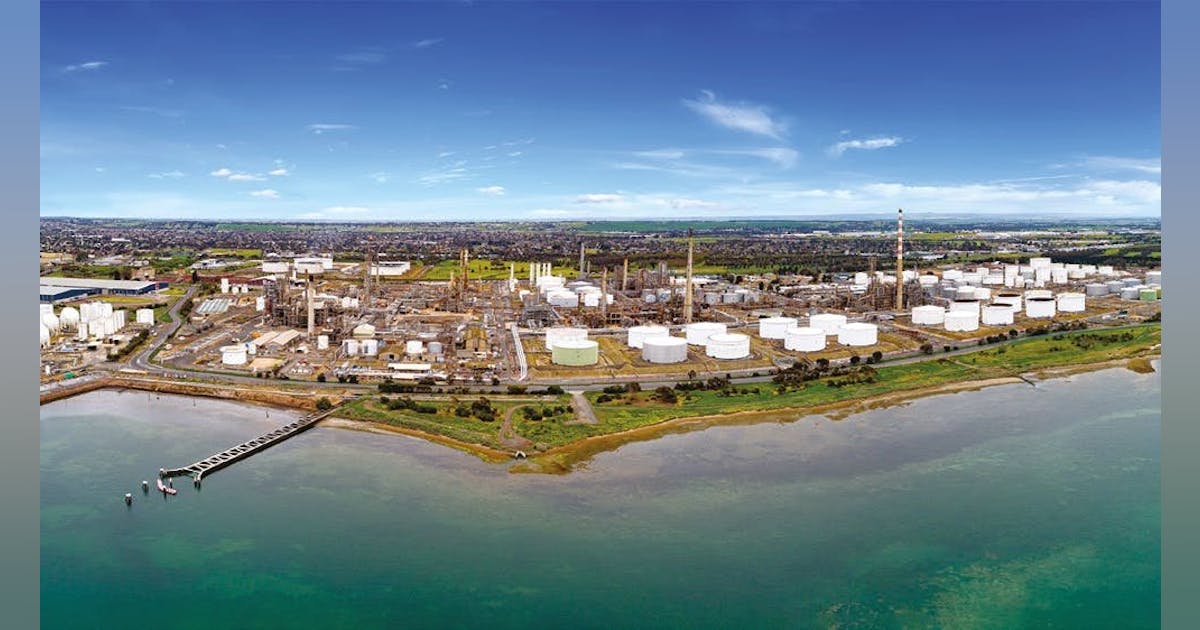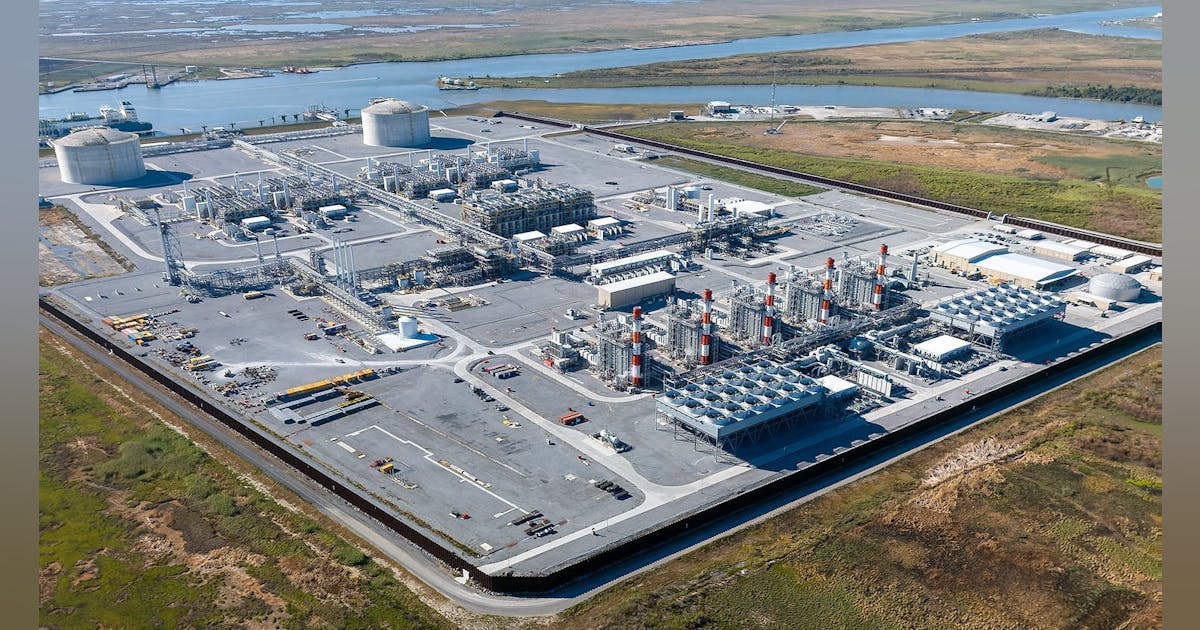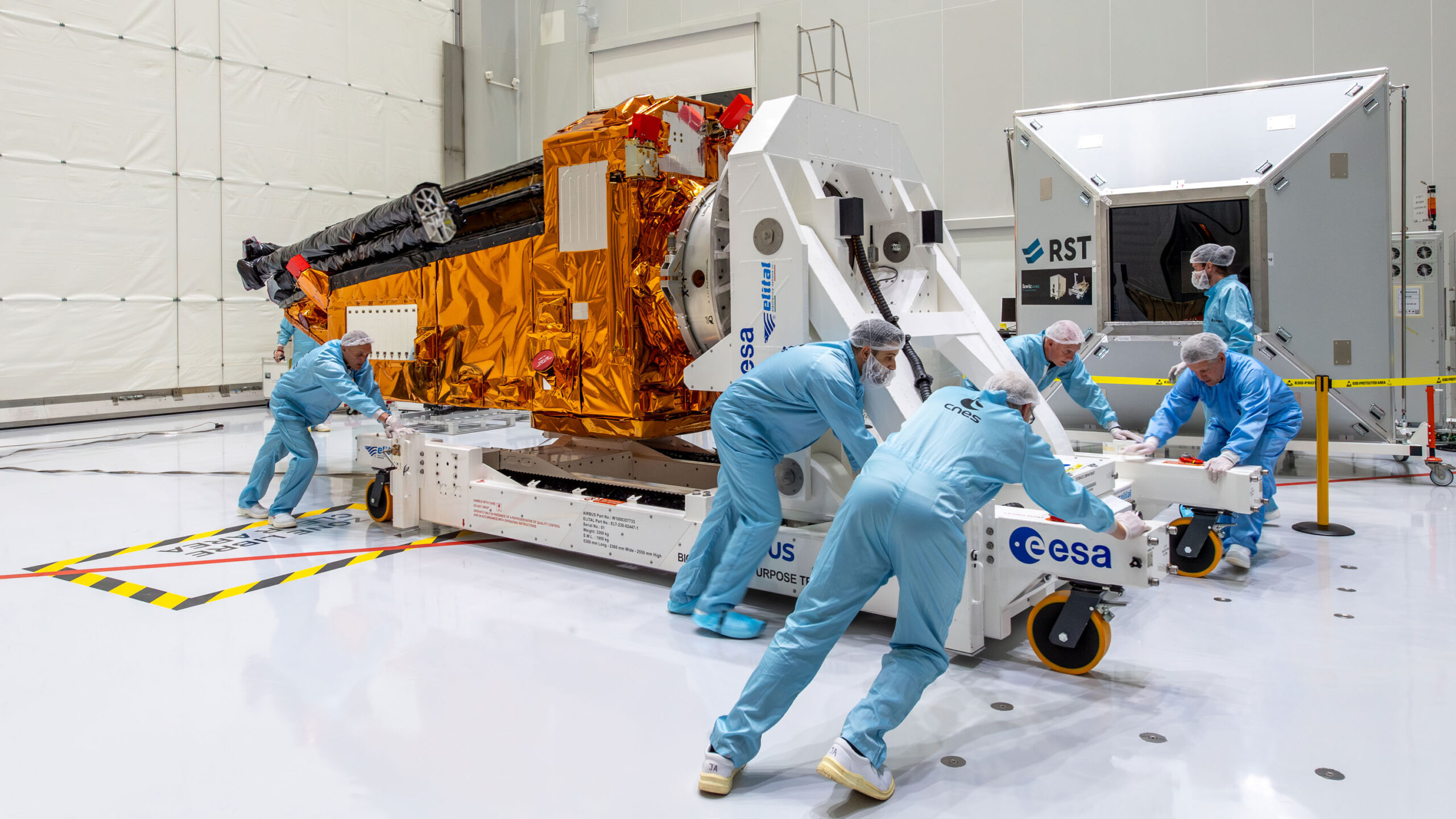
Equinor ASA said it will combine its renewable energy assets and flexible power assets into a new reporting segment, saying the change will better position it to capitalize on growing electricity demand.
“Power demand continues to grow from electrification of society and industry, expansion of artificial intelligence and data centers”, the Norwegian majority state-owned company said in an online statement. “Equinor has built a significant renewables business over the last two decades, with offshore and onshore wind and solar in operation and under development.
“The company has added gas-to-power plants and energy storage assets to support intermittent wind and solar.
“Through strong trading capabilities, the combined offering supports higher value creation. To strengthen competitiveness and position for further valuable growth in the power markets, Equinor integrates these portfolios in a new business area”.
The integrated energy company said, “The new Power business area will combine the current business area Renewables and flexible power assets from the business area Marketing, Midstream and Processing (MMP), allowing for a holistic approach to power and markets”.
“The gas and power trading and market analysis organization will remain part of Marketing, Midstream and Processing”, it added.
Helge Haugane, head of gas and power at MMP, has been appointed executive vice president of the new power segment.
“By integrating our power business, we can look across technologies, markets and ownership structures”, Haugane said.
The organizational changes take effect September.
Earlier this year Equinor said it has cut its goal for installed renewable energy capacity to 10-12 gigawatts (GW) by 2030 and binned a plan to allot 50 percent of capital to renewables and low-carbon solutions by the end of the decade.
“Equinor has high-graded the project portfolios in renewables and low-carbon solutions, and reduced cost and early-phase spend to improve the value creation for shareholders”, Equinor said in a quarterly report published February 5. “The portfolio is expected to deliver more than 10 percent life-cycle equity returns”.
Equinor highlighted “value creation is at the core of decision making”.
For the carbon capture and storage sector, Equinor said it is keeping its ambition to store 30-50 million metric tons of carbon dioxide equivalent (MMtCO2e) a year by 2035. It said it has 2.3 MMtCO2e of storage capacity installed or under development, as well as licenses with over 60 MMtCO2e of annual capacity.
Equinor is retaining its aim to trim Scope 1 and 2 emissions by half by 2030. However, it said, “The pace of transition depends on frame conditions and market opportunities to create value”.
“Adjusting to the market situation and opportunity set, the range for the net carbon intensity ambition will be 15-20 percent in 2030 and 30-40 percent in 2035”, it said.
While reducing renewables investment, Equinor said it is aiming for a 10 percent growth in oil and gas production from 2024 to 2027.
It raised its expected production in 2030 from two million barrels of oil equivalent a day (MMboed) to 2.2 MMboed.
To contact the author, email [email protected]
What do you think? We’d love to hear from you, join the conversation on the
Rigzone Energy Network.
The Rigzone Energy Network is a new social experience created for you and all energy professionals to Speak Up about our industry, share knowledge, connect with peers and industry insiders and engage in a professional community that will empower your career in energy.
MORE FROM THIS AUTHOR























